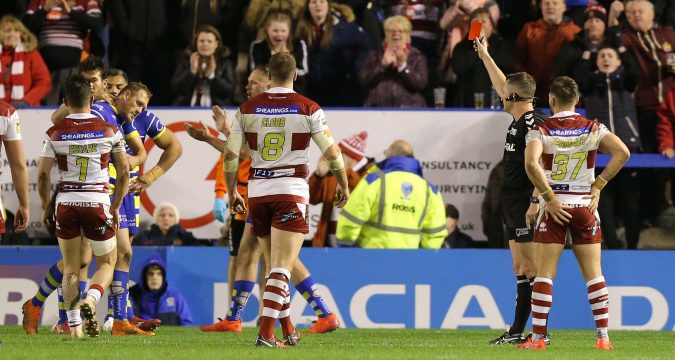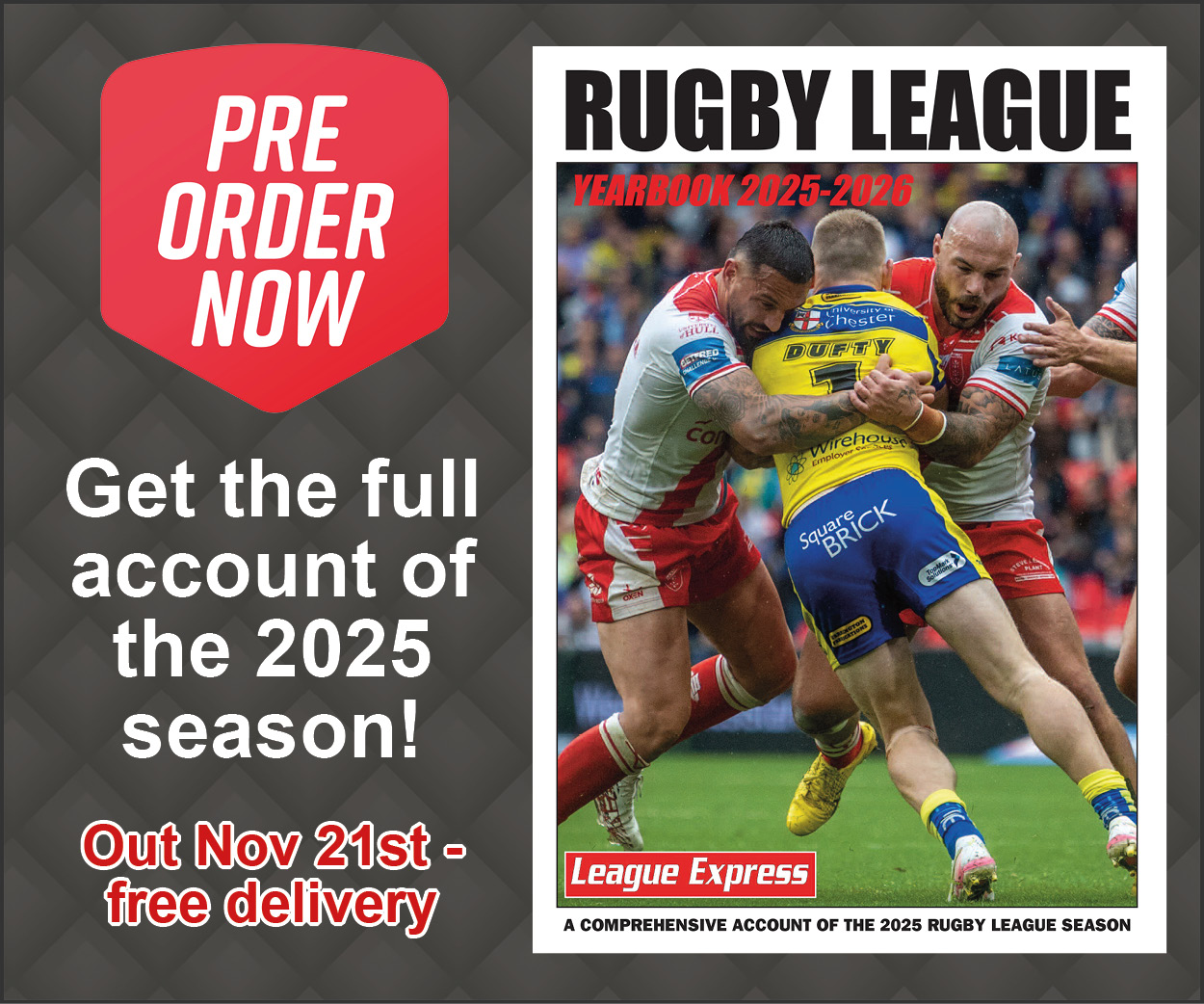 Super League returns today and with it come some amended, and some completely new, rules.
With that in mind, here are the official rule changes, in full, post COVID-19.
1.0 COVID 19 SCRUM REMOVAL
Handover of Possession Resulting in a Play the Ball (which would have previously recommenced with a scrum)
1.1 Where play would previousl
Super League returns today and with it come some amended, and some completely new, rules.
With that in mind, here are the official rule changes, in full, post COVID-19.
1.0 COVID 19 SCRUM REMOVAL
Handover of Possession Resulting in a Play the Ball (which would have previously recommenced with a scrum)
1.1 Where play would previousl Super League’s rule changes – what are they?
 Super League returns today and with it come some amended, and some completely new, rules.
With that in mind, here are the official rule changes, in full, post COVID-19.
1.0 COVID 19 SCRUM REMOVAL
Handover of Possession Resulting in a Play the Ball (which would have previously recommenced with a scrum)
1.1 Where play would previousl
Super League returns today and with it come some amended, and some completely new, rules.
With that in mind, here are the official rule changes, in full, post COVID-19.
1.0 COVID 19 SCRUM REMOVAL
Handover of Possession Resulting in a Play the Ball (which would have previously recommenced with a scrum)
1.1 Where play would previousl 
